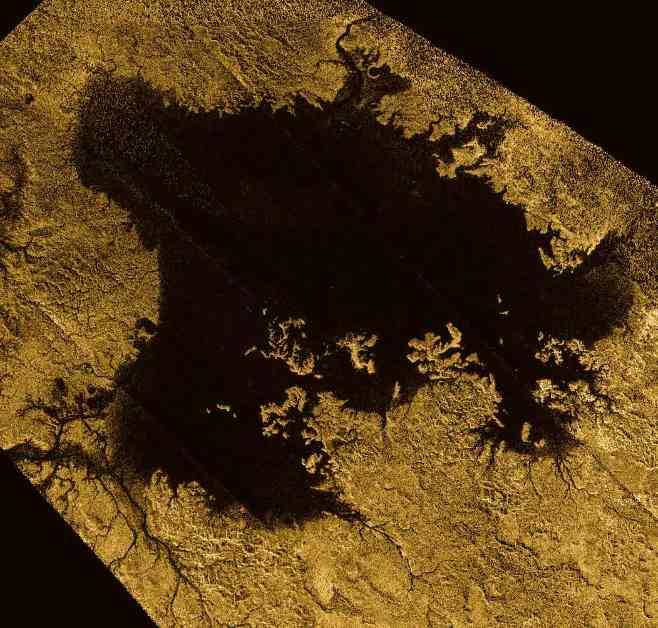Titan, Saturn’s largest moon, is a unique celestial body in our solar system. Unlike Earth, Titan’s seas are not made of water but of hydrocarbons such as methane and ethane. Recent research has uncovered fascinating details about the seas on Titan, showing that they exhibit active tidal currents, small-scale waves, and increased roughness near estuaries and straits.
When compared to other planets and moons in our solar system, Titan stands out for its Earth-like features, despite its vastly different composition. With an atmosphere composed mostly of nitrogen and methane, Titan boasts a diverse range of geological features on its surface, including dunes, icy plains, rivers, estuaries, and seas. The Cassini mission, which explored Saturn from 2004 to 2017, provided valuable insights into Titan’s seas through radar data analysis.
By using bistatic radar experiments, researchers have been able to study the surface properties and composition of Titan’s seas in greater detail. Variations in dielectric constants across different regions of Titan’s seas suggest compositional differences, with some seas having higher ethane content than others. The presence of active tidal currents near estuaries and straits indicates Earth-like processes shaping Titan’s coastal landscapes.
The similarities between Titan’s seas and Earth’s oceans are striking. Both exhibit varying compositions, tidal currents, and interactions between rivers and seas. These findings shed light on Titan’s complex hydrocarbon cycle and pave the way for further exploration of this intriguing moon. The research conducted by Valerio Poggiali and the team at Cornell University provides valuable insights into the unique seas of Titan, enhancing our understanding of this fascinating celestial body.






